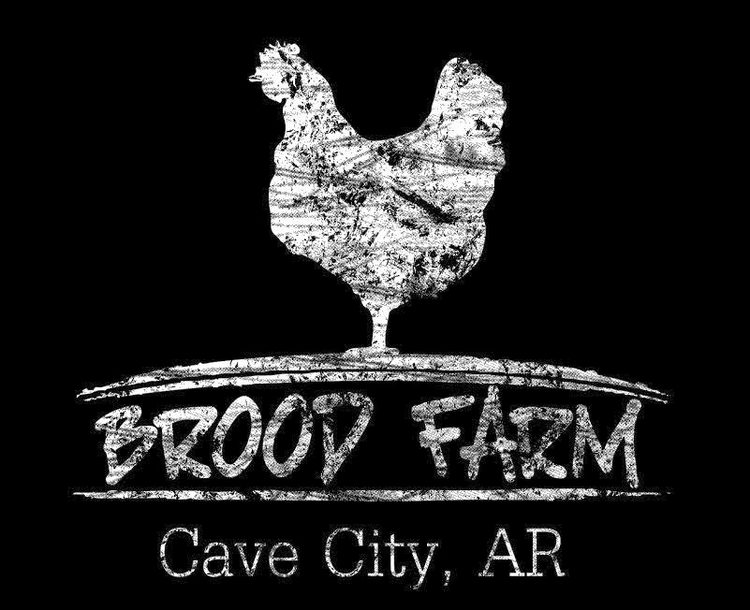After reading this section of The Accidental Farmers by Tim Young, I felt a little naive because I'd never considered this:
"Most people are quite unaware that for every laying hen, which by definition is female, a male was hatched out. The male, having the misfortune of belonging to a laying breed, has neither the ability to lay eggs nor the ability to gain weight quickly and efficiently as meat birds do. Thus, his life concludes on the day it begins as more often than not he is ground up alive."
Surely, I think, he could at least serve as a meat chicken, commonly referred to as a broiler. But no commercial farmer is interested in filling a chicken house full of a laying breed when they could be growing the genetically engineered hulk of a chicken that reach maturity in half the time:
"His body has been re-programmed by humans to do very unnatural things. Like for instance to grow so remarkably fast that his legs would fail, by design, before he reached fifty days of age. Not that he will live that long, as most broilers are bred to grow from that yellow fuzzy cotton ball of a chick to almost five pounds in about thirty-nine days, at which time they are 'harvested' for our chicken sandwiches. That's if an industrial breed chicken lives to thirty-nine days. Up to thirty percent of them do not, as heart attacks and respiratory problem from the rate of growth run rampant."
It's feels good to know that the chicken I ate last night was a heritage breed, not altered to grow at an abnormal rate, who lived out its life pecking away at bugs and grass and taking dust baths in my backyard. He must have been "happy," in so much as chickens are happy. And, that makes me happy.
Not keen on slaughtering your own chicken in your backyard? Look for "pastured" and "organic" labels on the chicken you buy at the grocery store. While other labels are out there, it's the "organic" label that is actually managed by the USDA and means that the processor is held to pretty rigorous standards regarding humane treatment of the chicken, how it's fed, and how it's slaughtered.
"Most people are quite unaware that for every laying hen, which by definition is female, a male was hatched out. The male, having the misfortune of belonging to a laying breed, has neither the ability to lay eggs nor the ability to gain weight quickly and efficiently as meat birds do. Thus, his life concludes on the day it begins as more often than not he is ground up alive."
Surely, I think, he could at least serve as a meat chicken, commonly referred to as a broiler. But no commercial farmer is interested in filling a chicken house full of a laying breed when they could be growing the genetically engineered hulk of a chicken that reach maturity in half the time:
"His body has been re-programmed by humans to do very unnatural things. Like for instance to grow so remarkably fast that his legs would fail, by design, before he reached fifty days of age. Not that he will live that long, as most broilers are bred to grow from that yellow fuzzy cotton ball of a chick to almost five pounds in about thirty-nine days, at which time they are 'harvested' for our chicken sandwiches. That's if an industrial breed chicken lives to thirty-nine days. Up to thirty percent of them do not, as heart attacks and respiratory problem from the rate of growth run rampant."
It's feels good to know that the chicken I ate last night was a heritage breed, not altered to grow at an abnormal rate, who lived out its life pecking away at bugs and grass and taking dust baths in my backyard. He must have been "happy," in so much as chickens are happy. And, that makes me happy.
Not keen on slaughtering your own chicken in your backyard? Look for "pastured" and "organic" labels on the chicken you buy at the grocery store. While other labels are out there, it's the "organic" label that is actually managed by the USDA and means that the processor is held to pretty rigorous standards regarding humane treatment of the chicken, how it's fed, and how it's slaughtered.
